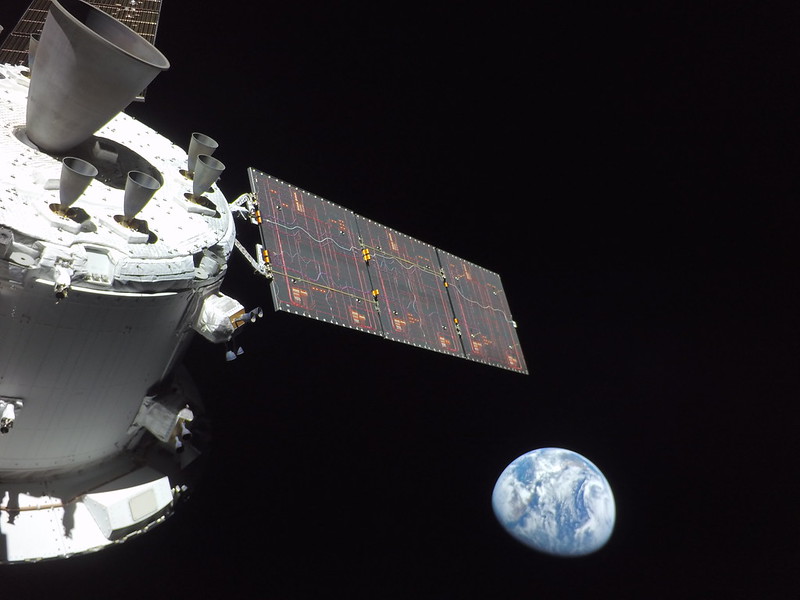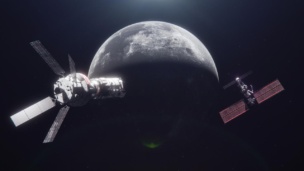Since launching on November 16, the Artemis I core mission has gone off practically without a hitch (unless you count damage to the elevator doors near the pad as a vital loss). SLS successfully carried the Orion capsule out of the Earth’s atmosphere and sent it on its trajectory to the Moon, where it made its closest flyby on Monday.
Not every part of the mission has been so successful, though. Also on board SLS was a slew of science cubesats, each designed by a NASA partner to study the Moon, probe the radiation environment of deep space, or demonstrate nascent technology. SLS’s interim cryogenic propulsion stage, or ICPS, successfully deployed these cubesats. But as they begin to power up and communicate with Earth, many are running up against issues.
How’d we get here? NASA loaded the cubesats into ICPS before stacking the rocket. Because of design and access issues, teams couldn’t recharge all the cubesats while waiting for SLS to launch. Months of hydrogen, sensor, and hurricane-induced delays after the rocket was stacked meant that each was slowly losing power. And since they were stuck inside the rocket until deployment in space, it was hard to see which sats would have enough juice to complete their missions.
The rundown
So, what’s the status of each cubesat? Let’s break them out into buckets.
All systems go: Luckily for a few teams, half of the Artemis I cubesats have successfully communicated with ground stations and are performing as planned. These missions are:
- ArgoMoon, an Italian craft that is acting as an auxiliary imager for ICPS, snapping photos of the stage in all of its cryogenic beauty, along with pics of Moon and Earth
- EQUULEUS, which stands for “EQUilibriUm Lunar-Earth point 6U Spacecraft,” which will gather data on the plasmasphere
- Lunar IceCube, which will use a spectrometer to study water ice on the Moon
- CuSP, a cubesat carrying three instruments to study solar particles
- BioSentinel, an astrobiology mission carrying yeast experiments to deep space.
Holding out hope: The fate of a handful of the cubesats is still unknown, pending further attempts to get them going. These mission are:
- LunaH-Map, which would use a neutron detector to create a map of lunar water ice. The craft turned on and successfully communicated with Earth, but its propulsion system failed to perform a correction maneuver that would have put it in the intended lunar polar orbit. The team is heating the propulsion system valve to try to get the thruster going.
- LunIR, an infrared scanner investigating the lunar surface, has been sending home a weaker signal than anticipated. Terran Orbital, which is operating the cubesat, has not yet provided a mission update.
Radio silence: It’s hard to determine the status of a couple missions because the teams on the ground haven’t yet been able to make contact with their craft. That’s not a good sign, but it’s not necessarily a death sentence. The two missions in this camp are:
1. NEA Scout, which would be studying near-Earth asteroids, and
2. Team Miles, which was developed by a group of citizen scientists to test plasma thrusters.
Farewell, little one? It’s sad to say, but perhaps our favorite of the entire pack—Japan’s OMOTENASHI cubesat did not have enough power to begin its mission. OMOTENASHI, if it all had gone well, intended to attempt a landing on the lunar surface. Its operators are holding out hope that in March of 2023, the craft will get enough sunlight on its solar panels to power up and complete its mission, but for now it’s gone dark.




